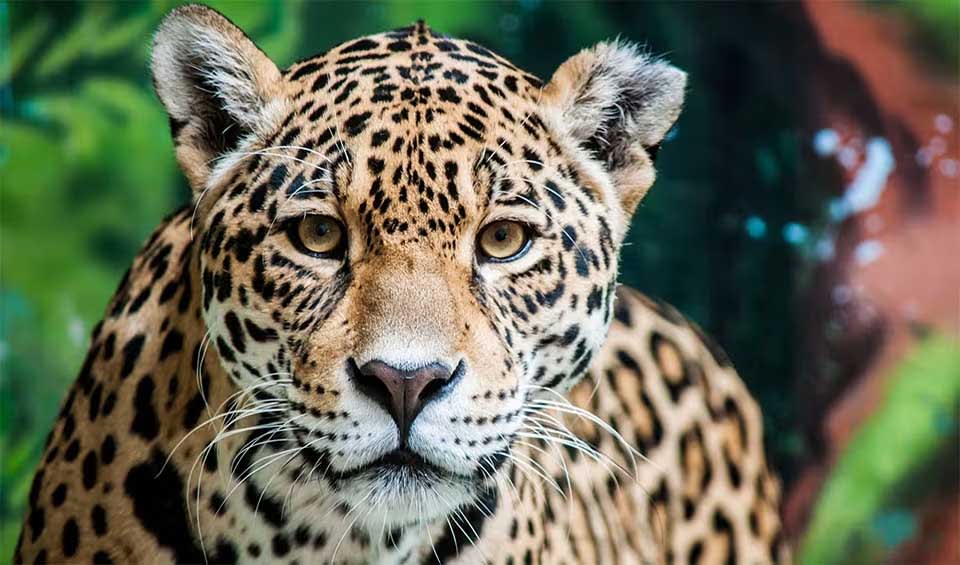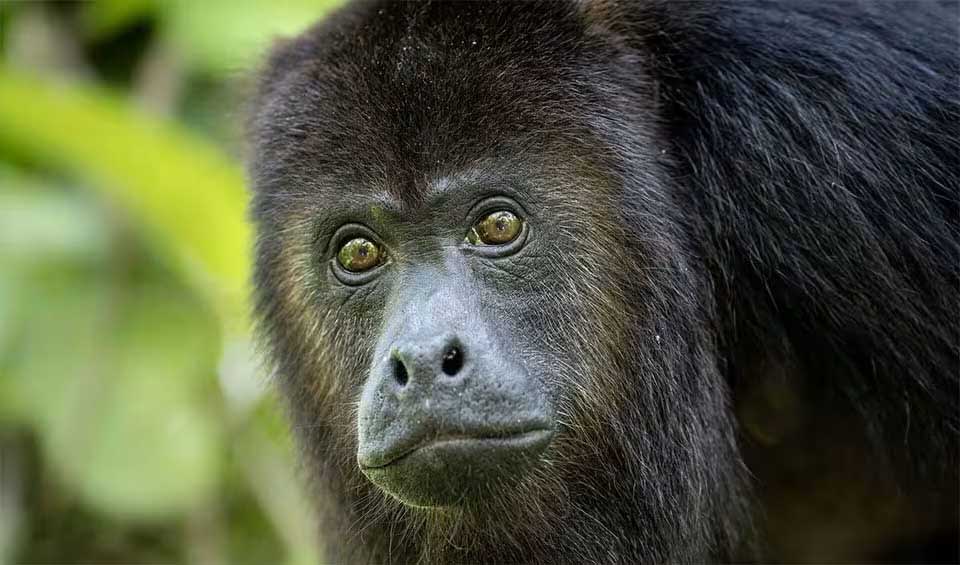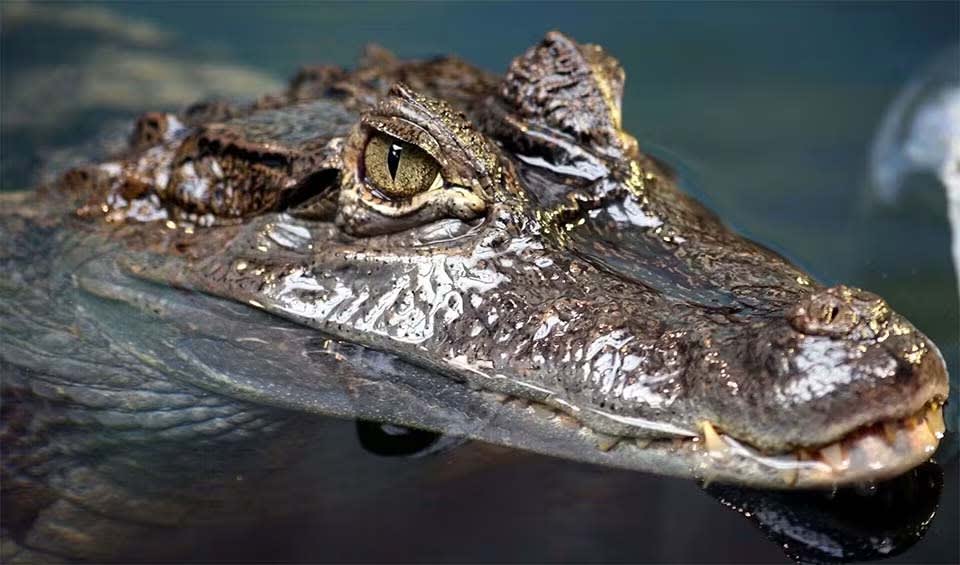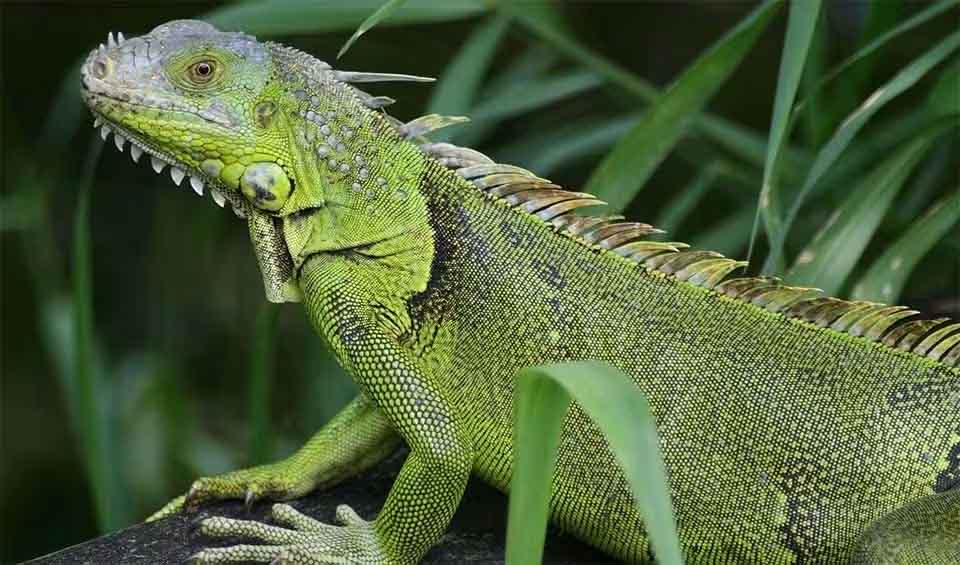Peru serves as both the origin and diversification hub for various species, including globally significant cultivated varieties and their wild counterparts. With over 65% of agriculture reliant on native genetic resources, these play a pivotal role in ensuring food security for the nation. Supporting this agricultural landscape are 2.2 million rural families engaged in family agriculture, cultivating thousands of native crop varieties.
Knowledge and technology surrounding agro-biodiversity crops are paramount, alongside the preservation of Peru’s wild ecosystems, forests, and marine environments. These renewable natural resources, environmental services, and biodiversity components collectively contribute over 20% to the national GDP.
Four pillars elaborated:
Peru is blessed with abundant nature, evident in its impressive biodiversity. With 60 natural areas spanning the coast, mountains, and jungles, roughly 15% of the country’s land is under state protection. Names like Manu National Park, Tambopata National Reserve, Pacaya-Samiria, Huascarán, Pampa Galeras, Paracas, and Cordillera Azul hold significant importance. Protected natural areas in Peru contribute over $1 billion annually to the national economy, thanks to approximately 20 million hectares (49.4 million acres)of forests and ecosystems that provide essential services such as water and scenic beauty. However, deforestation poses a significant threat to these invaluable benefits. Land Management
Land Management
Over the past two decades, Peru has leveraged its rich natural resources for economic growth, but at a considerable cost to its diverse ecosystems. Exploitative activities such as mismanagement of resources, pollution from various wastes, and aggressive expansion in agriculture have exerted substantial pressure on the nation’s biodiversity. Forests suffer from rampant deforestation due to agricultural shifts, illicit gold mining, and infrastructure development, with the cumulative effects of small-scale mining operations posing severe threats to the Amazon’s ecological integrity through soil and water contamination. Threats to Biodiversity
Threats to Biodiversity
Coastal and marine environments face degradation from urban and industrial expansion along the coast, exacerbated by climate change and declining fish populations. Similarly, mountain and arid regions are compromised by mining, overgrazing, and unsustainable agriculture. The impact of climate change is palpable, with a dramatic reduction in glacier volume signaling a dire future for these frozen reserves. Additionally, Peru grapples with a significant wildlife trafficking problem, threatening its rich faunal diversity across various ecosystems.
Since ratifying the Convention on Biological Diversity in 1996, Peru has made significant strides in developing policies and frameworks to protect its rich biodiversity. Key legislative milestones include the 1993 Constitution and the 1997 Law on the Conservation and Sustainable Use of Biological Diversity, which integrate biodiversity considerations across various governmental sectors. Notably, the National Commission on Biological Diversity was established in 2009 to oversee and streamline efforts related to biodiversity conservation. Peru’s commitment to biodiversity is further evidenced by the National Biodiversity Strategy and Action Plan, revised last in 2014, and its alignment with broader national policies like the Bicentennial Plan “Peru 2021.” Capacity and Governance
Capacity and Governance
The country also actively participates in international efforts against illegal fishing through the UN-FAO Agreement on Port State Measures. Conservation efforts are embodied in the creation and management of protected areas, covering nearly 18% of Peru’s terrestrial territory and safeguarding diverse ecosystems, managed by the National Protected Areas Service (SERNANP) and supported by the Ministry of the Environment through various species-specific conservation projects.
Peru’s ambitious National Environmental Policy sets a 2030 vision to restore and enhance the country’s biodiversity by expanding protected areas and improving the governance and sustainable management of natural resources. This includes bolstering species conservation, reducing ecosystem degradation, and increasing protected coastal and marine zones to 10% of Peru’s territory, focusing on the establishment of key national reserves like Dorsal de Nazca and Mar Tropical de Grau. Future Trends
Future Trends
Additionally, the government plans to transform the National System of Areas Protected by the Peruvian Government (SINANPE) into a financially self-sustaining organization, capitalizing on the economic benefits of the environmental services these protected areas provide. This comprehensive approach aims to secure the long-term health and sustainability of Peru’s rich biodiversity.
Biodiversity
One of the most biodiverse countries in the world, Peru spans a wide range of ecosystems, from the arid coastal deserts and the high Andes mountains to the lush Amazon rainforest. This incredible variety of habitats supports a vast array of flora and fauna, making Peru a critical hotspot for global biodiversity. The Amazon rainforest in Peru is particularly rich in wildlife, with species such as jaguars, giant river otters, and pink river dolphins, as well as numerous bird species like macaws and harpy eagles. Manu National Park, a UNESCO World Heritage site, is renowned for its extraordinary biodiversity, hosting thousands of plant species, hundreds of mammals, and over a thousand bird species. The Andes mountains are home to unique high-altitude species such as the vicuña, Andean condor, and spectacled bear.Peru’s marine biodiversity is equally impressive, particularly along its extensive coastline and rich marine ecosystems. The cold, nutrient-rich waters of the Humboldt Current create ideal conditions for a variety of marine life. Coastal and marine protected areas, such as the Paracas National Reserve, support a wide range of species, including Humboldt penguins, sea lions, and various seabirds. The marine environment also harbors diverse fish populations, which are crucial for the country’s fishing industry. Coral reefs, seagrass beds, and mangrove forests further contribute to the marine biodiversity, providing habitats for countless marine organisms.
In the table below are the number of known species in several main groups, how many of these species are Threatened with extinction, and how many of them are Endemic (unique to Peru only):
| Species (World rank) |
Threatened | % Threatened | Endemic | % Endemic | |
|---|---|---|---|---|---|
| Mammals | 573 (#6) | 53 | 9.2% | 87 | 15.2% |
| Birds | 1,861 (#2) | 82 | 4.4% | 139 | 7.5% |
| Reptiles | 545 (#11) | 23 | 4.2% | 140 | 25.7% |
| Amphibians | 673 (#4) | 140 | 20.8% | 362 | 53.8% |
| Fishes | 1,607 (#21) | 93 | 5.8% | 86 | 5.4% |
| Plants | 25,000 (#8) | 328 | 1.3% | 7,590 | 30.4% |
mammals
Jaguar
This solitary cat is America’s largest feline and the world’s third, after the tiger and the lion
Spectacled bear
The last surviving bear species of South America, native to the Andes mountains
Mantled howler
One of the loudest monkeys in the world!
birds
Scarlet macaw
One of the most colorful birds — effortlessly falls in love
Hoatzin
Only living representative of this order is the hoatzin, found only deep in the Amazon!
Curl-crested aracari
Beautifully colorful bird with unique curly feathers on its head
reptiles
Spectacled caiman
You might get the worst scare of your life if you see the crimson glow in the eyes of these creatures at night
Boa constrictor
A small genus of Large snakes, strangling their prey endemic to the Americas
Green iguana
From the US down to Brazil, this trans-American lizard is the most common iguana
amphibians
Ringed caecilian
They do not just look like snakes, but they might also be able to deliver a nasty bite
Mission golden-eyed tree frog
Golden-eyed frog, Panda treefrog, Blue-milk frog -so many cute names for such a poisonous animal!
American bullfrog
Introduced to many regions where it is now considered an invasive species
National Animals
Vicuña
One of the few wild animals to have been used for obtaining wool without domestication
Andean cock-of-the-rock
Its dramatic appearance and behavior make it a symbol and national bird of Peru


















